Book Review And Summary: How To Change: The Science of Getting From Where You Are To Where You Want To Be By Katy Milkman
This post contains Amazon affiliate links to a book we have read, reviewed and recommend. View book on Amazon: https://amzn.to/3CQeevZ
How To Change by Katy Milkman is about changing behavior, making good new habits, breaking bad old habits, ending procrastination, and achieving goals. The tools and strategies recommended are based on findings from the latest research straight from one of the psychologists who has been doing the studies at the Wharton school, University of Pennsylvania.
While the book describes the scientific research on key topics in the area of behavior change, it’s not overly academic. It’s an easy, conversational read, and also a quick one with only 200 pages.
There are quite a few ideas in the book that most avid psychology readers will already be familiar with. For example, implementation intentions, cues, commitment devices, the what the hell effect, and temptation bundling are all subjects I’ve read about in other books. Interestingly, though I’d heard of temptation bundling before, it turns out Milkman is one of the psychologists who did the original studies on this simple technique, which is especially effective for making exercise habits stick.
The book does however also introduce some new and often counter-intuitive strategies that are not discussed as often in psychology circles. One of them is when is the ideal time to make a change (the fresh start effect). Also, the discovery the author says was the most important of her career is the importance of “flexible habits” which is discussed in chapter five.
The most unique thing about this book is that it’s not written simply to review psychology studies on behavior change. The entire book has a specific goal: To identify the biggest barriers, problems and weaknesses that make change difficult. Once you’ve identified which barriers are holding you back and then apply the specific research-proven techniques to overcome them, you’ll improve your chances of achieving the changes you want.
Each of the 8 chapters in the book is devoted one of these barriers and includes multiple strategies to overcome them.
Chapter one, “Getting started” discusses how timing can be impactful to achieving your goals. It explains the fresh start effect- which says that if you want to change behavior, you have an advantage if you begin with a blank slate. People naturally gravitate to start dates like January first because if feels like a fresh start and you’re putting the past and the “old you” behind you. But there are many other opportunities through each year and over a lifetime such as the first of each month, Mondays, the start of a season or after any life change or reset like moving. This doesn’t necessarily imply that you should procrastinate and wait to pursue a goal, but it does suggest that fresh starts carry extra motivational power and we should see them as good opportunities.
Chapter two is titled, “Impulsivity” and it focuses on “present bias.” This is the human tendency to favor instant gratification and give in to temptations over long term rewards. Milkman says two great solutions include making an activity fun and or gamifying it (for health and exercise goals this is easily done using fitness trackers and apps). Another is temptation bundling. This is where you allow yourself to indulge in a guilty pleasure or enjoyable activity like binge watching Netflix or listening to audiobooks only when doing a virtuous activity that you normally dread. This reduces overindulgence in temptations, and increases time spent in activities that help you reach your long-term goals. It is especially effective with exercise.
Procrastination is the subject of chapter three. Here you learn how present bias not only leads to giving in to temptation, but also procrastinating on tasks that serve our long-term goals. Using commitment devices is presented as an effective solution. This could come in the form of public pledges, announcing our goals, or even putting money on the line (that would be forfeited if a commitment is not kept).
In chapter four, “Forgetfulness” you learn that flaking out or failing to follow through on our intentions can be caused by laziness or distraction, but also one of the biggest reasons is simply forgetting. Giving yourself timely reminders and using checklists is one type of simple solution. One of the best reminders is called an Implementation Intention which is a type of “if-then” planning that links an action with a cue. The format is, “If X happens, then I’ll do Y.” (or “When X happens, then I’ll do Y”). An example might be, “If I feel a craving, then I go take a walk.” This method is also well known for helping people quickly establish a new habit by stacking it on top of an existing one. For example, “When I brush, then I floss.”
Chapter five, “laziness” explains how humans tend to take the path of least resistance. One solution is to focus on building good habits. This way, productive behaviors become automatic. A new discovery in psychology suggests that results are best when habits are “flexible.” While it’s ideal to develop routines you execute on autopilot because they’re habitual, studies have found that if you allow flexibility instead of being rigid in your routines, you’ll have better consistency. For example, if a person rigidly exercises only at a certain time, but something comes up so they can’t do their workout, they’ll tend to skip it. But someone who has flexible habits learns to get to the gym even when their original plan falls through – they simply re-schedule. Three additional techniques that help overcome laziness include tracking your behavior, aiming for streaks (and avoiding long lapses) and piggybacking new habits onto existing ones. All of these help reinforce habits.
Chapter six, “Confidence,” points out that self-doubt can not only hold you back from reaching your goals, but also prevent you from setting big goals in the first place. One of the most surprising ways to boost confidence is to growth mindset, where you recognize that your ability and intelligence are not fixed and that with effort you will grow.
Chapter seven is titled, “Conformity.” This one is about how getting around the right people can help you achieve your goals by providing role models whose strategies you can “copy and paste” and by providing encouragement. Milkman points out that your decisions and behavior are heavily influenced by your peer group. She explains that simply feeling like you are watched changes your behavior and that the more the people in your peer group are in a similar situation with similar challenges as you, the more you’ll be influenced by their association with you.
In the final chapter, titled “Changing for good” you learn that you can’t simply apply these behavior change strategies one time or for a short period and expect problems like self-doubt, laziness, or forgetfulness to go away forever, you must practice continued vigilance. If your efforts stop, you should not be surprised if there is relapse. Focusing on building habits will help make things automatic and reduce the odds of falling off track, but once you start using these techniques you should plan to use them for life.
The strategies and techniques in this book can be applied to achieving goals in every area of life. They are especially useful in the areas of health, nutrition, and fitness and numerous examples are given for building consistent exercise habits.
We all know behavior change is not easy, especially breaking old entrenched habits, and Milkman says so right from the opening pages. In the closing pages, she also says it will be an ongoing challenge and require lifelong commitment. However, by learning and practicing strategies like the ones in this book, you can increase your odds of success and make your journey as smooth as possible.
Get the book – this is our Amazon Associate’s link: amzn.to/3S6eqNE
Here, professor Milkman discusses “The Fresh Start Effect.” (3:18) Learn more here
Disclosure: Burn the Fat Blog posts may use affiliate links to third-party websites and online stores such as Amazon. When readers purchase a product or book, we may earn a small commission at no additional cost to the reader, which helps support our blog / website. We only recommend and link to books or products we have reviewed and recommend. However, even though we may endorse a book, always do your own due diligence when making a purchase from any third party website. Order from Amazon here

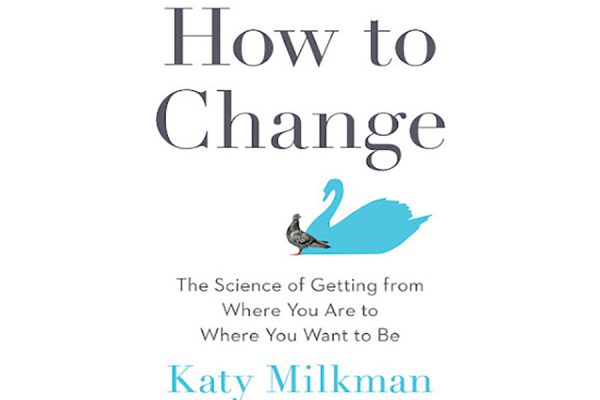
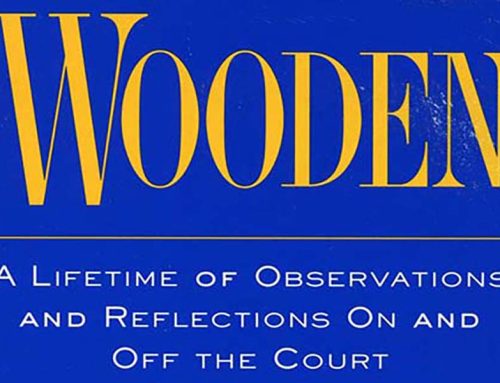
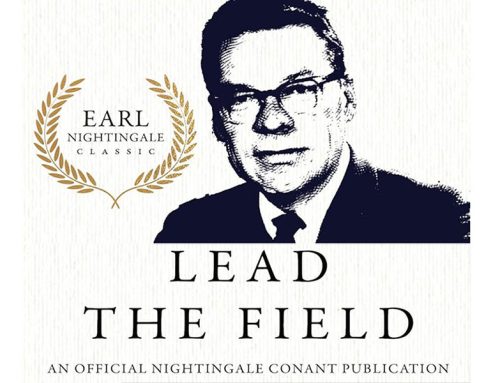
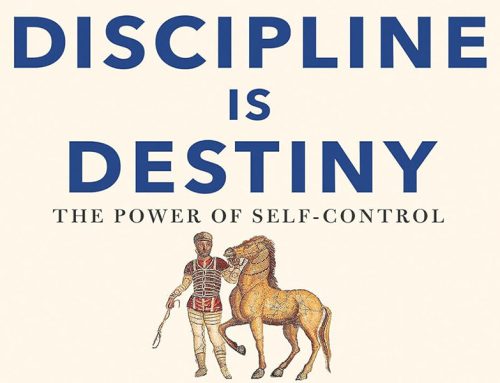
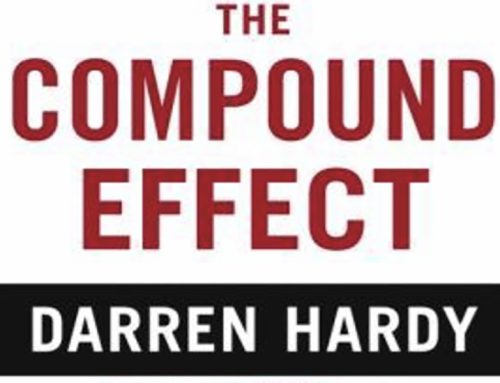
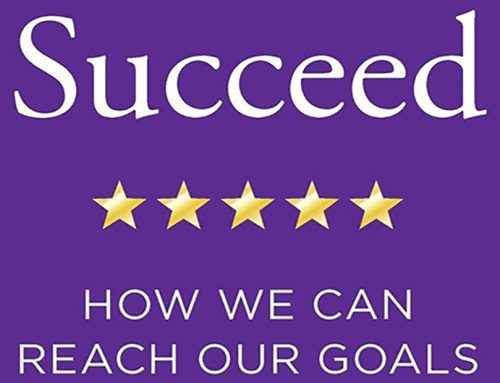
Leave A Comment